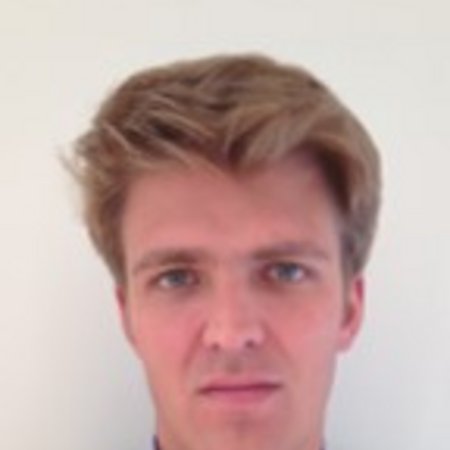ehemalige Mitarbeiter
Lebenslauf:
Since 11/2020: Data Engineer at be.storaged GmbH, Oldenburg
10/2017-08/2021: PhD Student of Prof. Dr. Rüdiger Kiesel at the Chair for Energy Trading and Finance, University of Duisburg-Essen
05/2016-10/2020: Research Assistant at University of Duisburg-Essen, Chair for Energy Trading and Finance, Prof. Dr. Rüdiger Kiesel
01/2017-02/2017: Academic Visitor at University of Oxford, Mathematical Institute, Dr. Álvaro Cartea
10/2013-04/2016: Student in MSc Energy and Finance at University of Duisburg-Essen
06/2015-11/2015: Master Thesis Collaboration with RWE Supply & Trading, Essen
06/2011-05/2015: Consultant with Pöyry, Düsseldorf
10/2007-04/2011: Student in BSc Business Engineering at Karlsruhe Institute of Technology
Forschungsgebiete:
Spot markets for power with continuous trading, limit order book dynamics, optimal trading strategies
Publikationen:
- Graf von Luckner, N.; Kiesel, R.: Modeling Market Order Arrivals on the Intraday Market for Electricity Deliveries in Germany with the Hawkes Process. In: Journal of Risk and Financial Management, Jg. 14 (2021) Nr. 4. doi:10.3390/jrfm14040161VolltextBIB DownloadKurzfassungDetails
We use point processes to analyze market order arrivals on the intraday market for hourly electricity deliveries in Germany in the second quarter of 2015. As we distinguish between buys and sells, we work in a multivariate setting. We model the arrivals with a Hawkes process whose baseline intensity comprises either only an exponentially increasing component or a constant in addition to the exponentially increasing component, and whose excitation decays exponentially. Our goodness-of-fit tests indicate that the models where the intensity of each market order type is excited at least by events of the same type are the most promising ones. Based on the Akaike information criterion, the model without a constant in the baseline intensity and only self-excitation is selected in almost 50% of the cases on both market sides. The typical jump size of intensities in case of the arrival of a market order of the same type is quite large, yet rather short lived. Diurnal patterns in the parameters of the baseline intensity and the branching ratio of self-excitation are observable. Contemporaneous relationships between different parameters such as the jump size and decay rate of self and cross-excitation are found.
- Glas, S.; Kiesel, R.; Kolkmann, S.; Kremer, M.; Graf von Luckner, N.; Ostmeier, L.; Urban, K.; Weber, C.: Intraday renewable electricity trading: Advanced modeling and numerical optimal control. In: Journal of Mathematics in Industry, Jg. 10 (2020) Nr. 3, S. 1-17. doi:10.1186/s13362-020-0071-xVolltextBIB DownloadDetails
- Blasberg, A.; Graf von Luckner, N.; Kiesel, R.: Modeling the Serial Structure of the Hawkes Process Parameters for Market Order Arrivals on the German Intraday Power Market. In: 16th International Conference on the European Energy Market (EEM) (2019), S. 1-6. doi:10.1109/EEM.2019.8916326VolltextBIB DownloadKurzfassungDetails
Existing research indicates that on the intraday market for power deliveries in Germany market orders tend to arrive in clusters. To capture such clustering, point processes with an intensity depending on past events, so-called Hawkes processes, appear to be promising. We consider the question whether there is a temporal structure prevalent in the parameters of Hawkes processes estimated for adjacent delivery hours. First we model a diurnal seasonality pattern found in the data and provide an economic intepretation for it. For the remaining decomposed series, we then propose simple (vector) autoregressive models to describe the serial structure. To evaluate our model we conduct a forecasting study. Testing against a benchmark model and a model without any serial structure, we find evidence for our proposed model. Our study reveals that capturing the serial structure in the parameters proves to be useful in understanding the underlying market microstructure.
- Glas, S.; Kiesel, R.; Kolkmann, S.; Kremer, M.; Graf von Luckner, N.; Ostmeier, L.; Urban, K.; Weber, C.: Intraday renewable electricity trading: Advanced modeling and optimal control. In: Faragó, I.; Izsák, F.; Simon, P. (Hrsg.): Progress in Industrial Mathematics at ECMI 2018. Mathematics in Industry, vol 30. Springer, Cham, 2019, S. 469-475. doi:10.1007/978-3-030-27550-1_59VolltextBIB DownloadDetails

